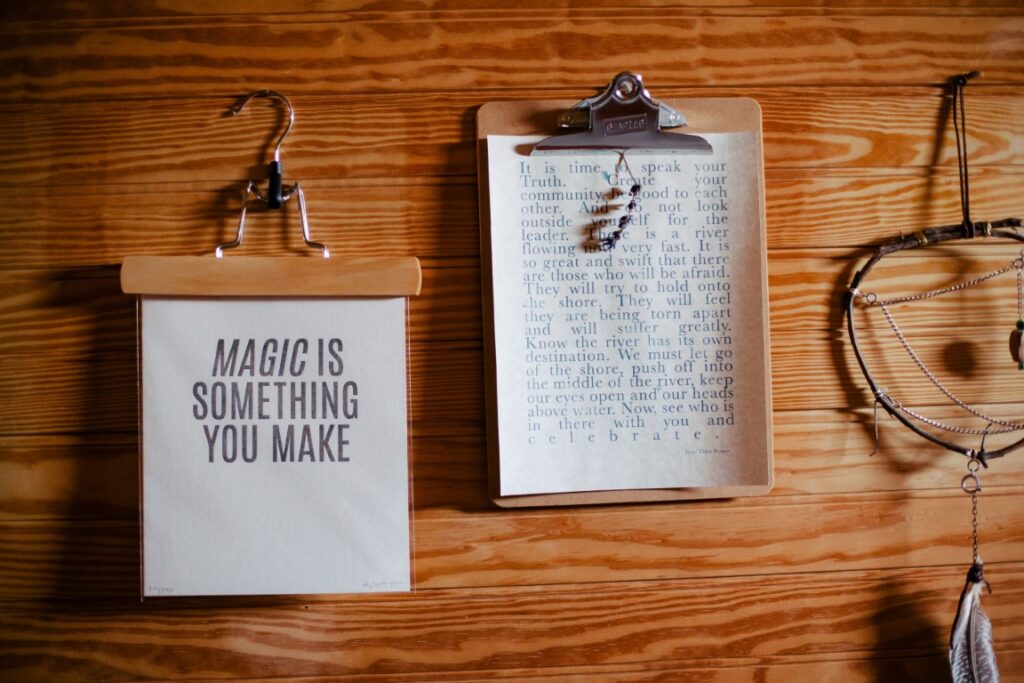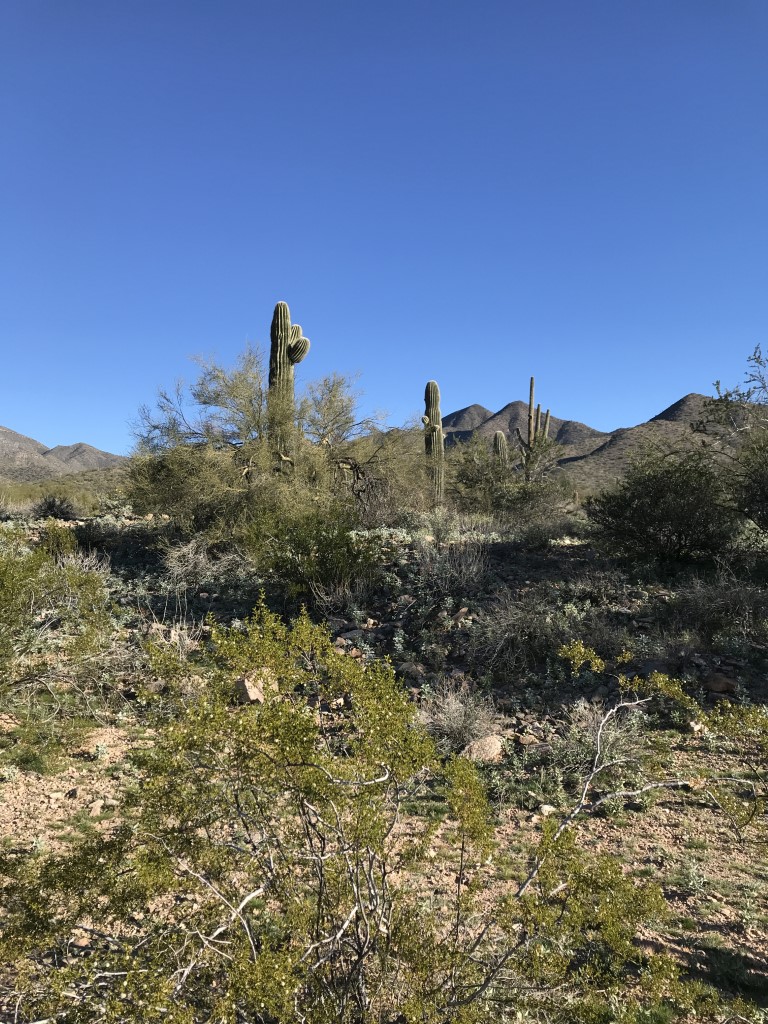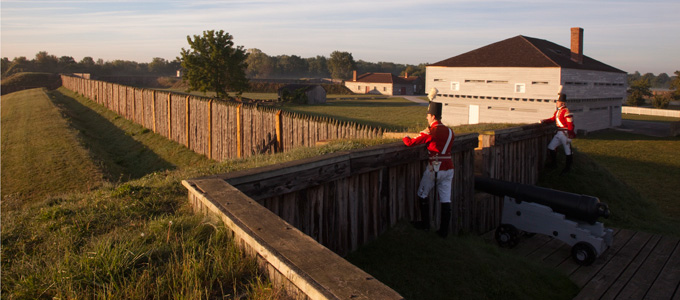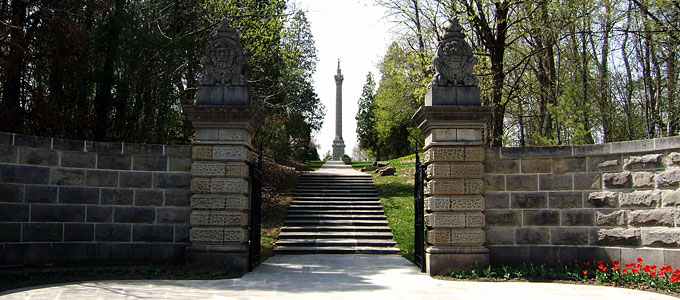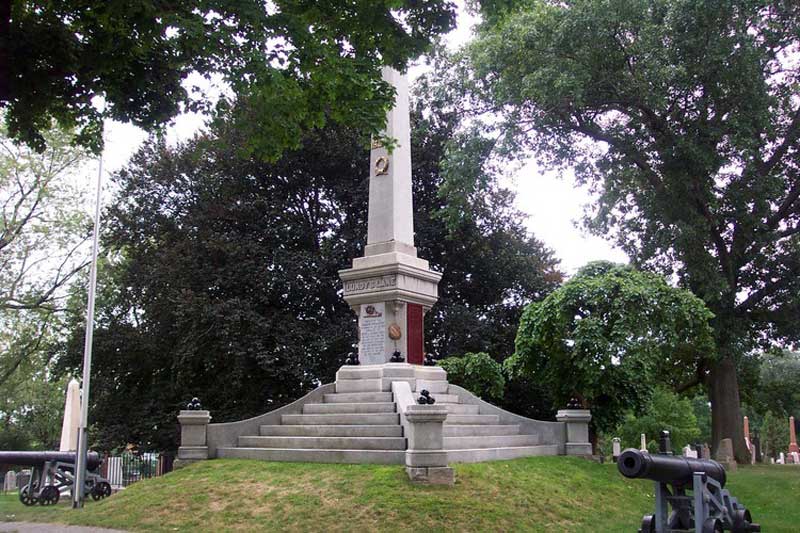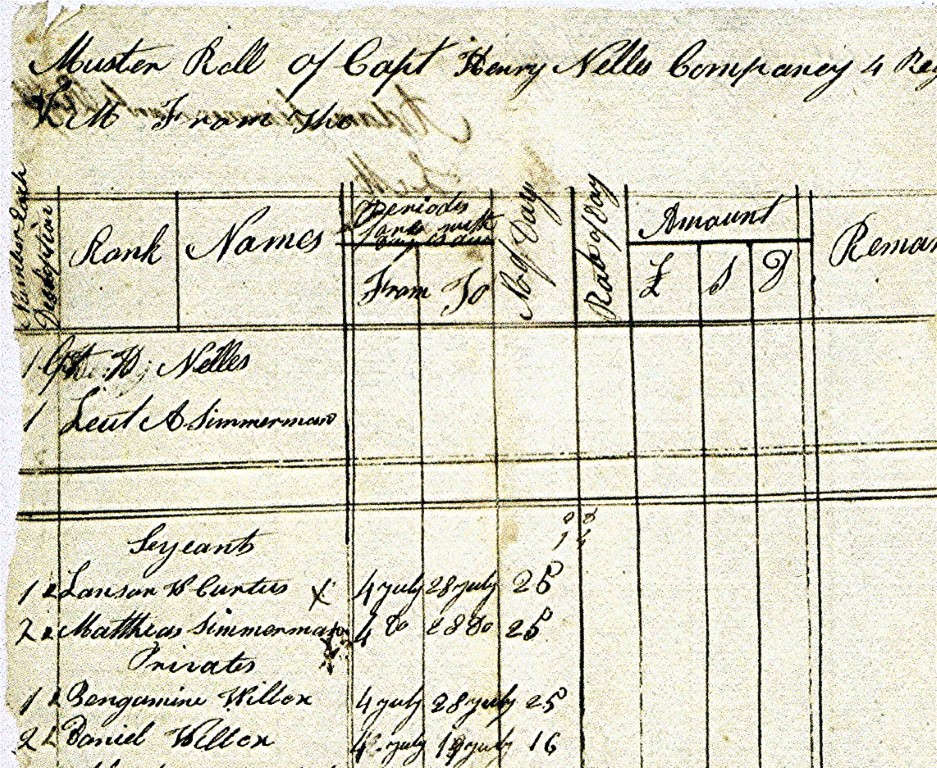FASCINATING WOMEN YOU’VE NEVER HEARD OF
More and more historians have started probing history to uncover fascinating women and their contributions over millennia. Historical novelists, too, are telling the stories of women, either known historical people or characters based on what we know women experienced and accomplished in the past.
In my role as a features writer for the Historical Novel Society, I get to read new releases of historical novels. I interview authors to discover the people and events that have inspired them to write their books.
Several authors I’ve interviewed recently have told the stories of women I’m betting you’ve never heard of. So as summer softens into cooler days and earlier darkness, why not explore history through the lives and contributions of some fascinating women?
Below are links to my author interviews. You can find the books at your favourite independent bookseller, or your local library. Happy reading!
Lee Ann
The Stolen Lady, by Laura Morelli. OK, you probably have heard of the enigmatic Lisa Gherardini… or as she’s more often called, Mona Lisa. But did you know that the staff of The Louvre spirited most of the museum’s collection (including Lisa’s portrait) out of Paris just before the Nazis arrived to plunder the treasures? Women drove the escape vehicles!

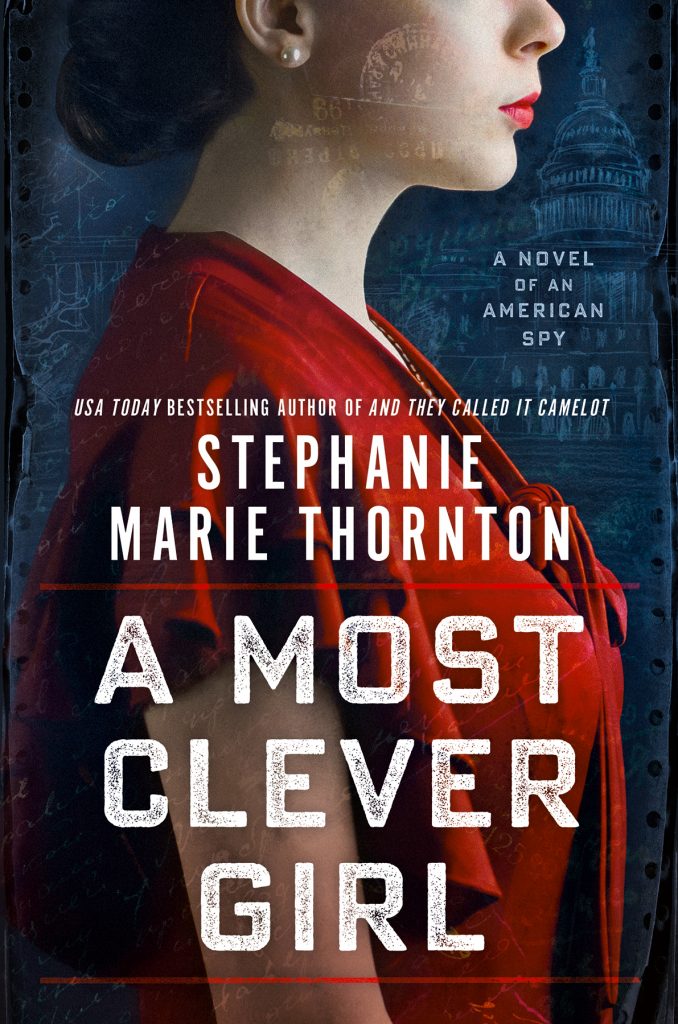
A Most Clever Girl, by Stephanie Marie Thornton. Who was the person who ran the largest Soviet spy ring in the United States during the Cold War? A woman by the name of Elizabeth Bentley. Her confession to the FBI not only identified 41 Soviet sources operating throughout the U.S., it essentially took down the golden age of Soviet espionage, which had been ongoing for over 20 years.
Mrs. Lincoln’s Sisters, by Jennifer Chiaverini. You likely know at least a little bit about Abraham Lincoln’s wife. What about her sisters? Mary Todd Lincoln’s relationships with them were some of the most important in her life. Elizabeth Todd Edwards and Emilie Todd Helm both lived extraordinary lives in their own right, and were present during a particularly transformative time in America’s history.
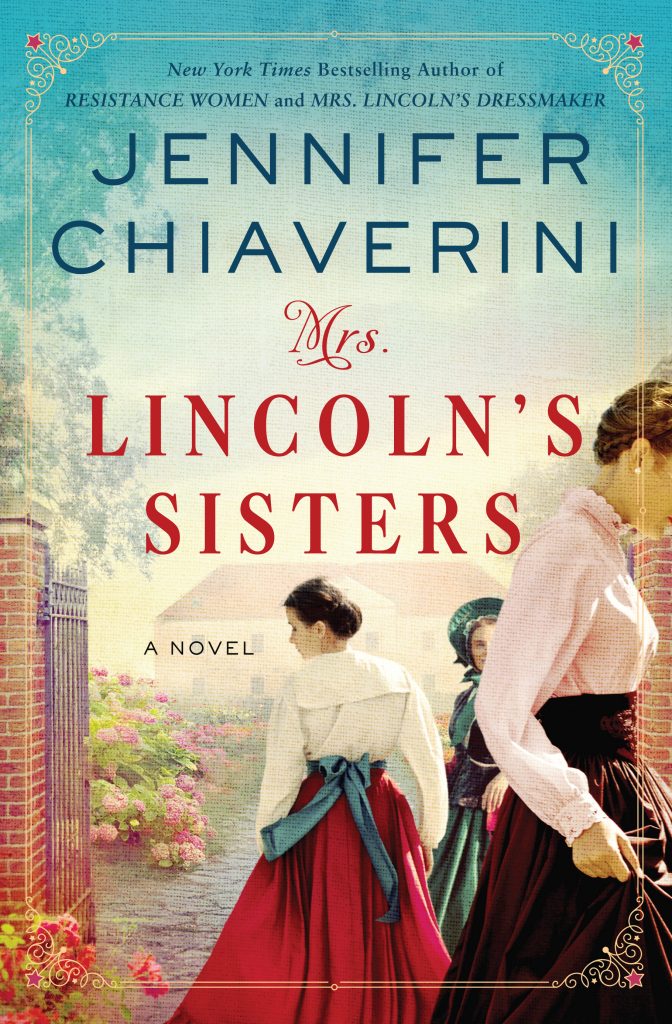
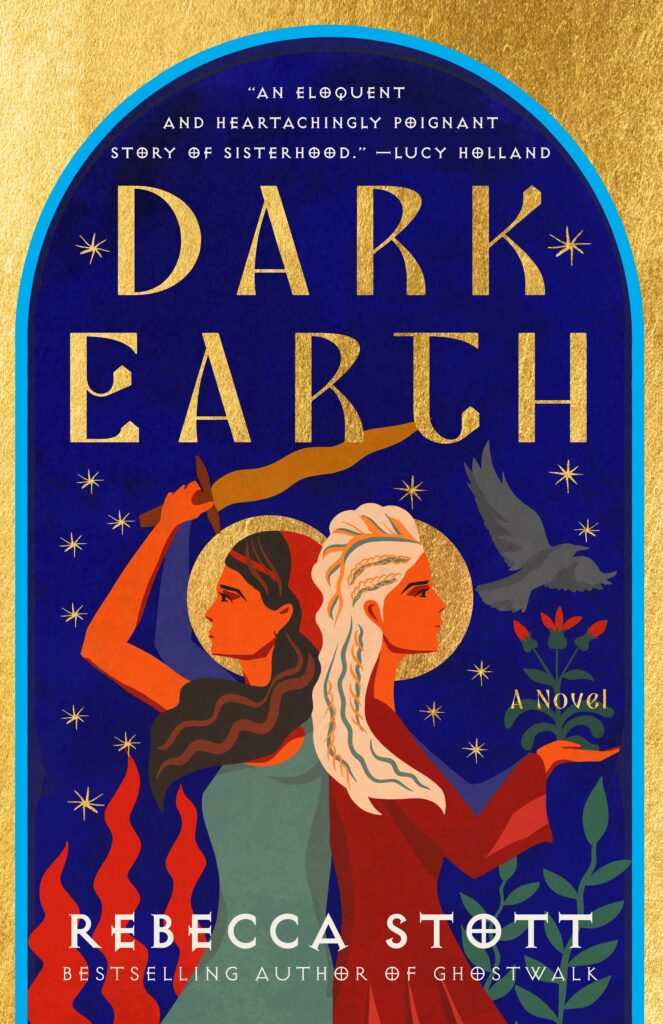
Dark Earth, by Rebecca Stott. Did you know: under the remains of medieval London lies buried the once great Roman city of Londinium. It was abandoned around 420AD for reasons unknown. So much remains unknown about this period of history that it’s known as the Dark Ages. Author Stott delves into the lives of women during this time through two female characters who flee to the haunted city. Isla is a master sword maker, a skill forbidden to women. Her sister Blue is a master of myth and magic.
